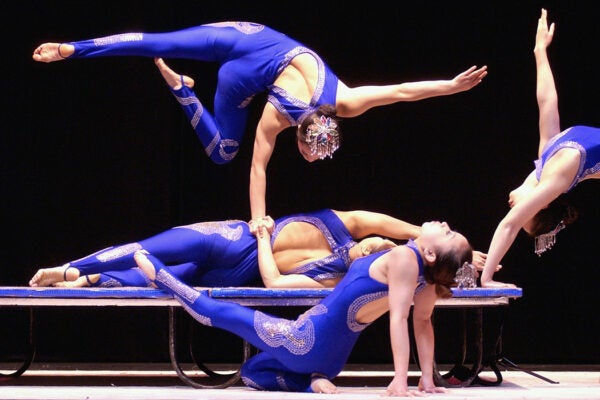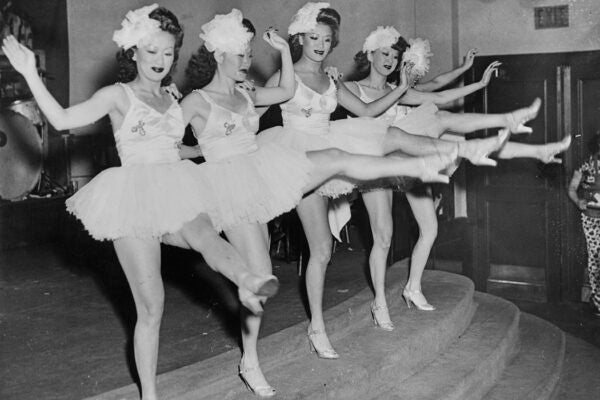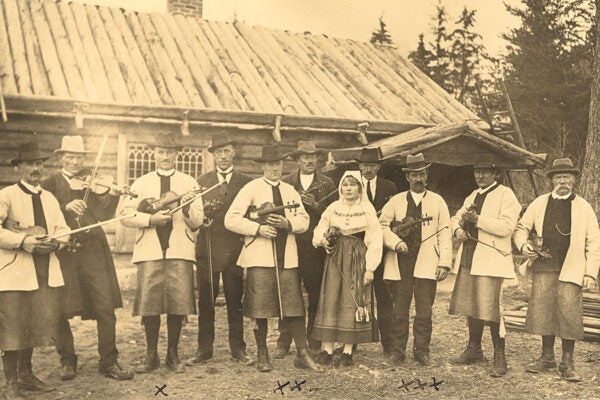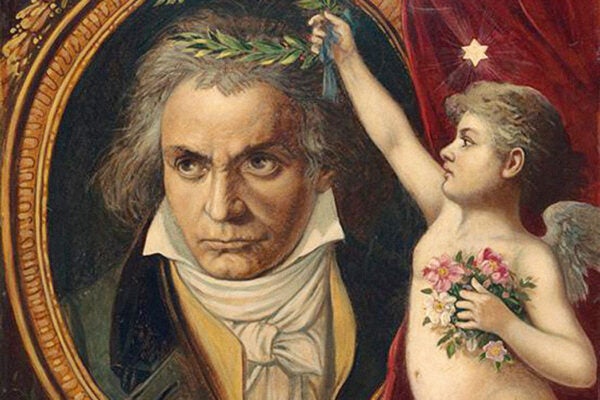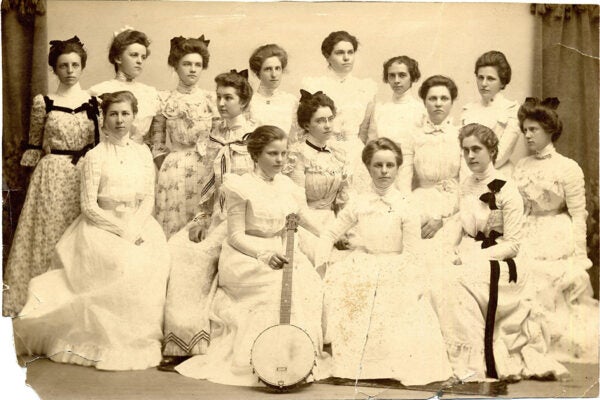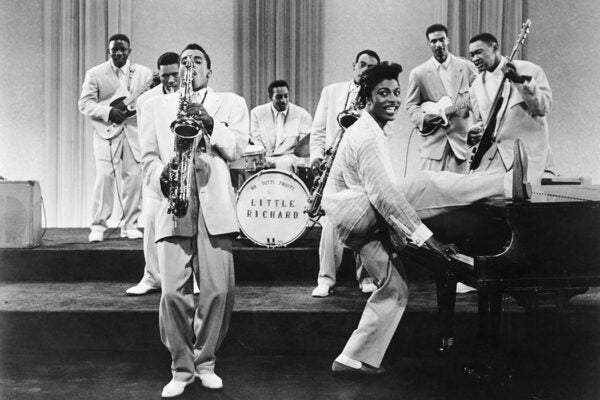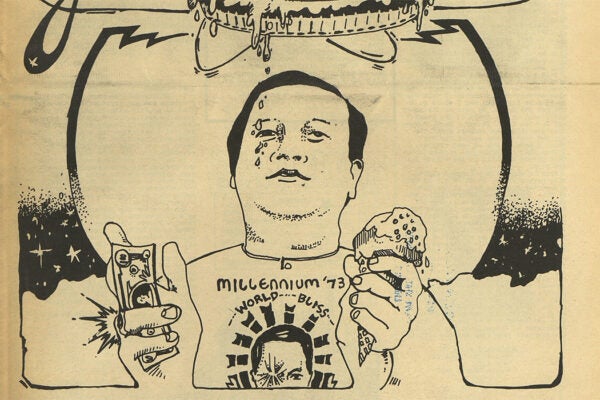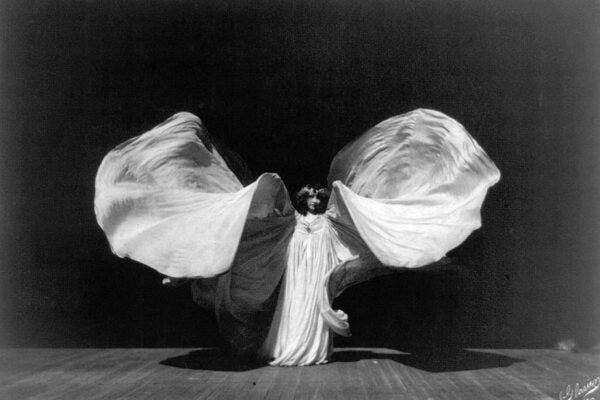Exporting Chinese Acrobats
Chinese acrobats have been impressing circus-goers at shows like Cirque du Soleil since the 1980s. How did these gymnastic marvels make their way to the West?
Americanism, Exoticism, and the “Chop Suey” Circuit
Asian American artists who performed for primarily white audiences in the 1930s and ’40s both challenged and solidified racial boundaries in the United States.
The Tricky Politics of Swedish Folk Music
In the early twentieth century, folk music in Sweden was connected with right-wing nationalists, leaving a complicated inheritance for today’s music fans.
The Mystery of Beethoven’s “Immortal Beloved”
More than 200 years have passed since Beethoven wrote a passionate letter to his “Immortal Beloved.” We still don’t know her name.
The Nineteenth-Century Banjo
Derived from an instrument brought to America by enslaved Africans, the banjo experienced a surge of popularity during the New Woman movement of the late 1800s.
It’s Still Rock and Roll to Me
Rock and R&B have been considered separate genres for decades. But why?
Jane Birkin’s Famous Love (Sex) Song
How the songs of the 1960s and ’70s captured the sexual liberation of women.
The Concert That Promised a Thousand Years of Peace
Guru Maharaj Ji, the teenage leader of the Divine Light Mission, was poised to usher in a new era. His huge Houston gathering proved to do anything but.
The Serpentine Career of Loïe Fuller
Rising from the ranks of touring comedies and Wild West shows, the American dancer dreamed of a future of light, movement, and metamorphosis.
